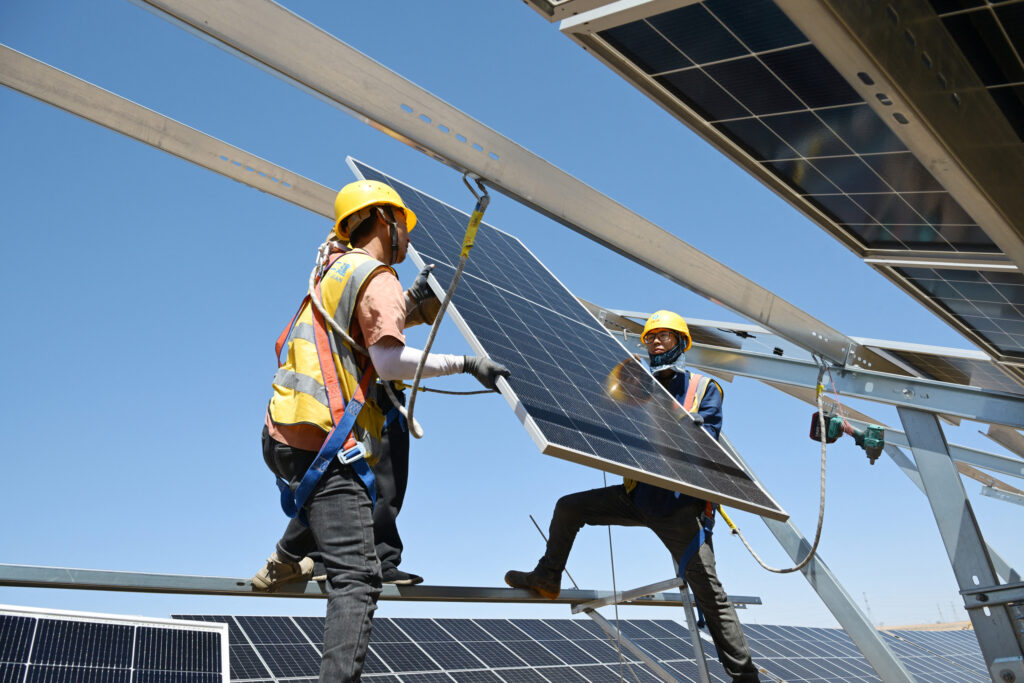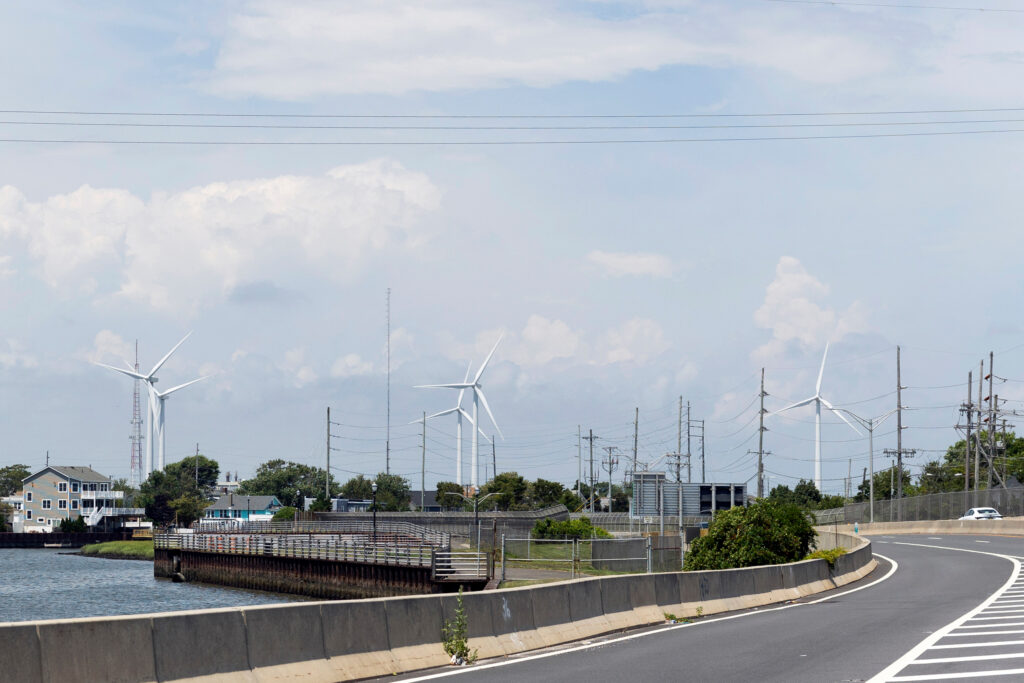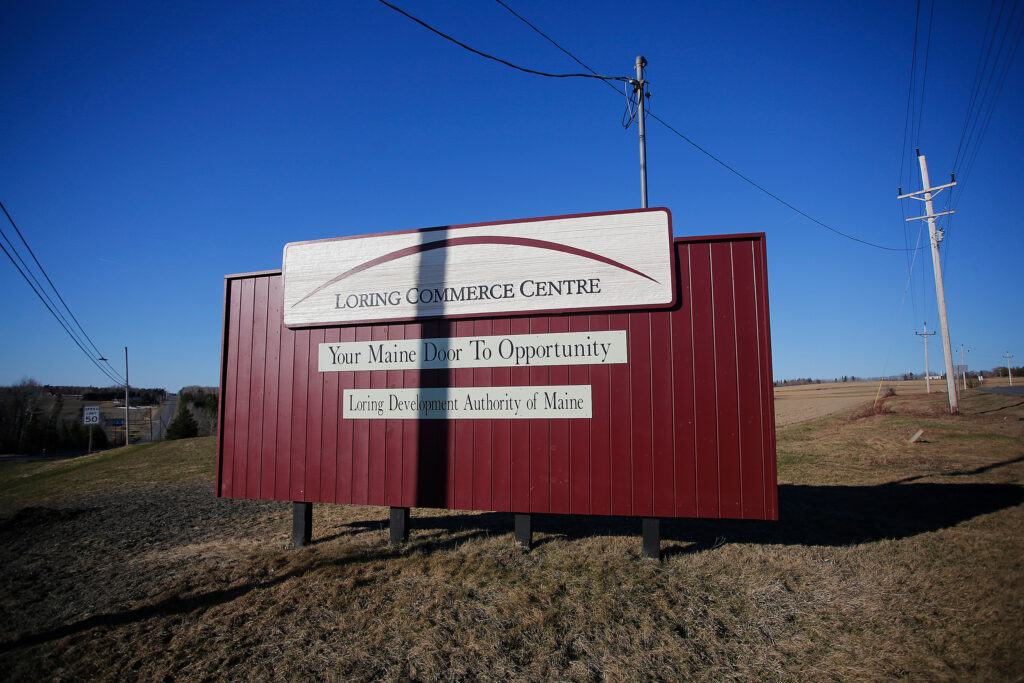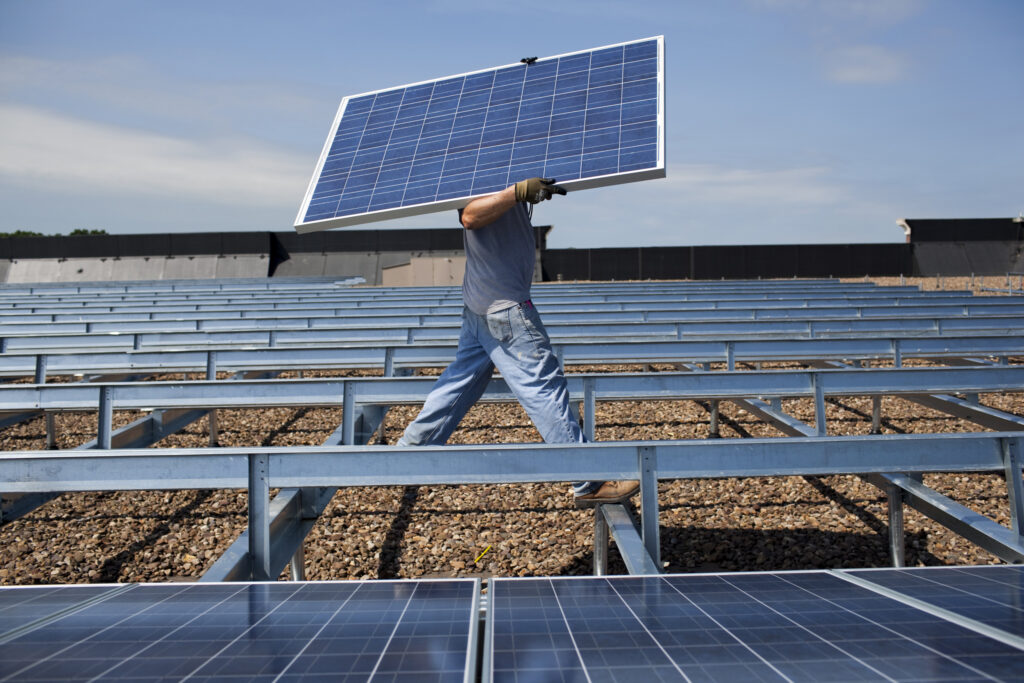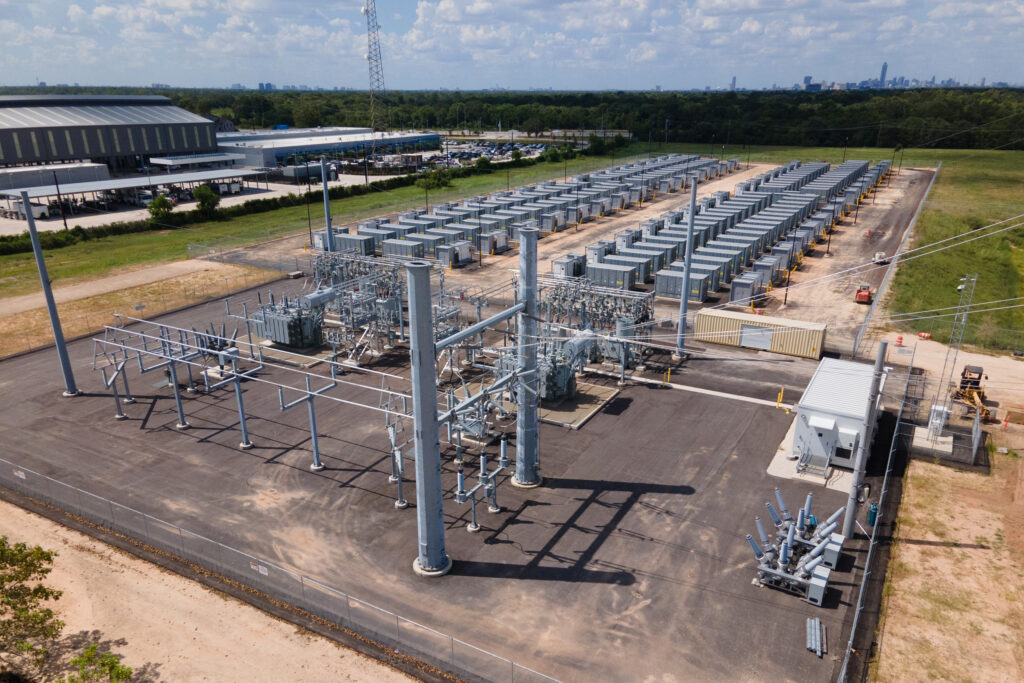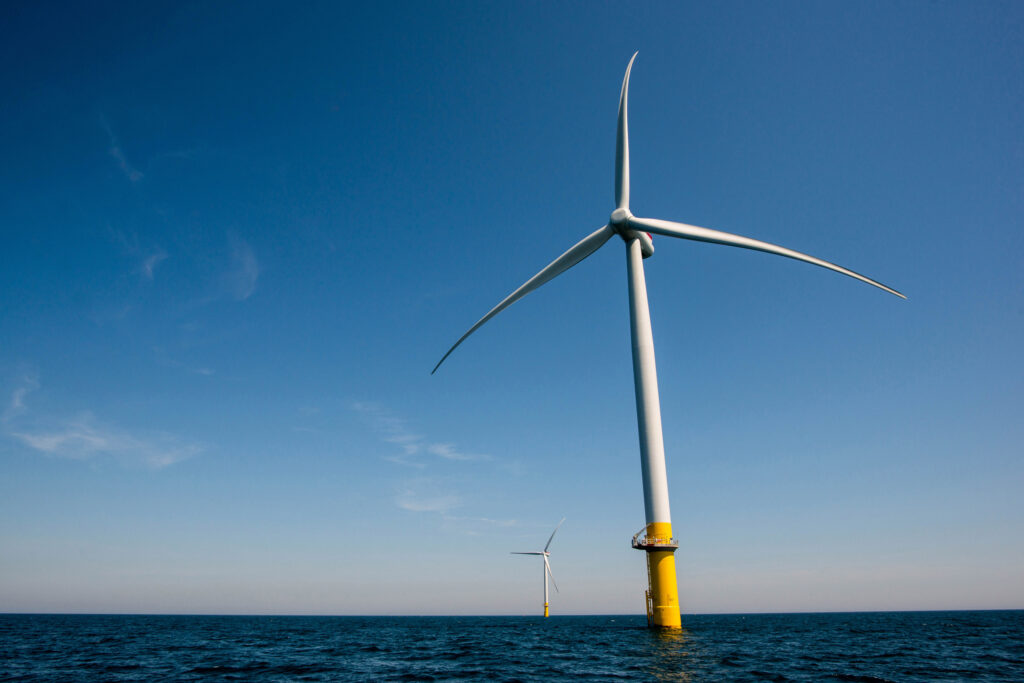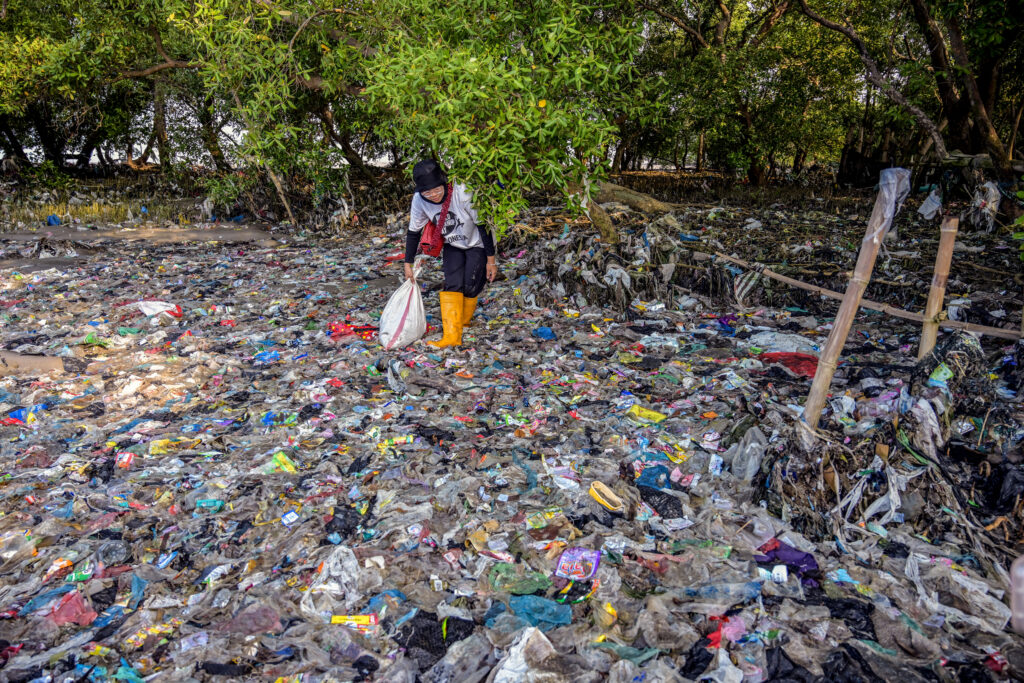Worldwide renewable energy capacity is projected to more than double in the next five years, adding the capacity equivalent of all existing power generation sources in China, Japan and the European Union combined, a report from the International Energy Agency concludes.
The IEA thinks China will account for close to 60 percent of global growth, with accelerating development in India, Saudi Arabia and Pakistan. The lion’s share of the increase worldwide will be driven by solar.
“The renewables revolution is unstoppable,” said Raul Miranda, the global program director at Ember, an energy think tank focused on the clean energy transition, in a statement responding to the report. “Renewables are delivering on meeting the world’s growing demand for electricity, powering economic growth and boosting energy security.”
One outlier is the United States. The IEA’s forecast for the country was revised downward by almost 50 percent compared to last year’s report, triggered by policy changes championed by President Donald Trump and his administration. From an executive order targeting wind permitting to the hastened expiration of investment and production tax credits, Trump’s sweeping anti-renewable energy stance is part of the reason for a 5 percent decrease in global trend projections compared to 2024.
“The most striking policy changes, of course, are in the United States with the One Big Beautiful Bill,” said David Victor, professor of innovation and public policy at the University of California San Diego.
Victor said it was possible that state laws—like those in California mandating more renewables—could temper some of the impacts of Trump’s policies. States that lack those kinds of incentives, like Texas, currently the nation’s leader in renewable energy,could see a contraction in growth going forward.
But much about what will happen next in the U.S. remains extremely hard to predict, he said.
The other reason for the slight overall decrease in growth expectations vs. last year is a policy shift in China, which has resulted in some uncertainty for the country’s huge renewable sector. In May, China moved from a government-subsidy model for renewable projects toward a more market-based approach. Wind and solar in China saw huge gains in the first part of 2025 as developers raced to solidify new projects before the policy took effect.
China still controls the vast majority of the world’s supply chain for solar cells and for the rare-earth elements necessary to make wind turbines, a situation that is likely to continue.
Projections for the European Union, the Middle East and India were revised upward compared to last year. India is expected to become the second-largest growth market for renewable energy, behind only China. The forecast for the Middle East and North Africa was revised upward by 25 percent, the biggest jump, mainly because of Saudi Arabia’s “rapid” growth in solar. Utility-scale solar in Germany, Spain, Italy and Poland is driving growth in the EU.
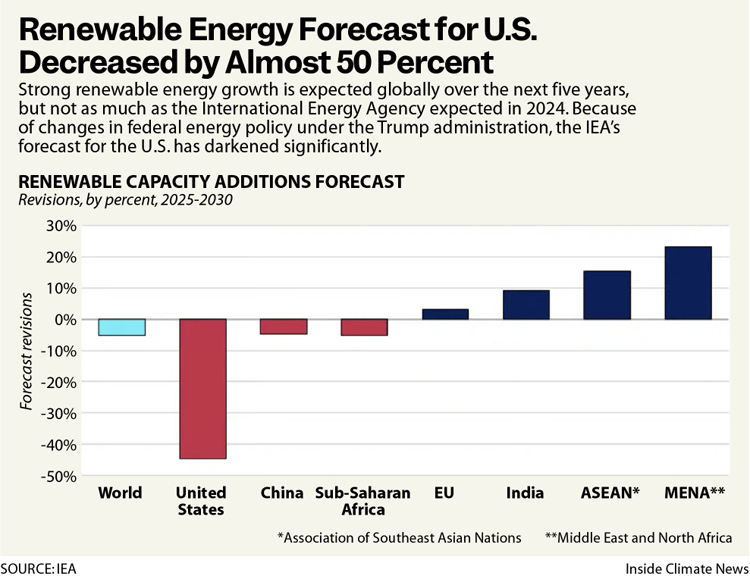
Pakistan has seen notable increases in solar installations, especially in off-grid solar panels for homes and businesses. “In many places, the grid is dysfunctional,” Victor said. That dynamic makes small-scale solar a much more attractive option, especially as the cost of solar panels falls.
“With the recent reduction of the prices, solar PV has become, in many countries in the world, the cheapest way of meeting new electricity demand,” said Heymi Bahar, senior energy analyst at IEA and the lead author of the report. “The costs are still going down.”
Victor said he thought that the report “hasn’t really grappled with some of the headwinds for the industry.” Those include logistical and technical challenges like the cost of integrating renewable power into the grid, which he called “a looming issue.” Another obstacle is that renewables need more land than other power sources for the same level of generation, which could become a stumbling block to growth in some parts of the world and could pose environmental risks.
Is the story of the IEA’s new analysis the outsize influence the U.S. has on the ability of the world to move forward on renewables? Or is it that the world continues to push ahead, even without expected American support? Victor said the report is like a Rorschach test: Readers are likely to see what they want to see in its findings.
“If you’re inside the U.S. market, or you want to be critical of the U.S., you look at this report and you say, ‘See, the U.S. is not doing its part. Everyone else is,’” he said. “But if you look at this from the point of view of clean tech being a global market, you say, ‘Despite wrenching change in the second-largest market for renewables in the world, the overall picture globally is still growth for 2030 and beyond.’”
About This Story
Perhaps you noticed: This story, like all the news we publish, is free to read. That’s because Inside Climate News is a 501c3 nonprofit organization. We do not charge a subscription fee, lock our news behind a paywall, or clutter our website with ads. We make our news on climate and the environment freely available to you and anyone who wants it.
That’s not all. We also share our news for free with scores of other media organizations around the country. Many of them can’t afford to do environmental journalism of their own. We’ve built bureaus from coast to coast to report local stories, collaborate with local newsrooms and co-publish articles so that this vital work is shared as widely as possible.
Two of us launched ICN in 2007. Six years later we earned a Pulitzer Prize for National Reporting, and now we run the oldest and largest dedicated climate newsroom in the nation. We tell the story in all its complexity. We hold polluters accountable. We expose environmental injustice. We debunk misinformation. We scrutinize solutions and inspire action.
Donations from readers like you fund every aspect of what we do. If you don’t already, will you support our ongoing work, our reporting on the biggest crisis facing our planet, and help us reach even more readers in more places?
Please take a moment to make a tax-deductible donation. Every one of them makes a difference.
Thank you,



